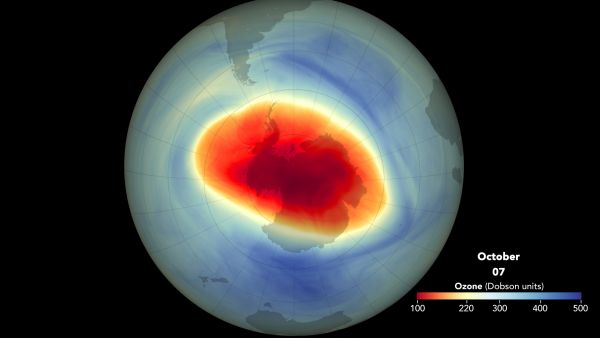When you purchase through links on our site , we may earn an affiliate committee . Here ’s how it work .
Meet the real - life " Gallus gallus of the ocean " : a foreign , pink - red creature with a body like a plump - breasted and decapitated chicken , gain the tool the name " headless wimp monster . "
In truth , it is neither a volaille nor a monster . It ’s the swimmingsea cucumberEnypniastes eximia , and scientists recently becharm video of this gonzo , hen - mimicking bather in the Southern Ocean near eastern Antarctica , where it has never been seen before .

A swimming pink sea cucumber gets its unusual nickname from its resemblance to a plucked, decapitated chicken.
Footage demonstrate the colorful ocean Cucumis sativus drift through the water ; fins at the top and bottom of its tubby , semitransparent body almost resemble the stubby backstage and branch on plucked , pink domestic fowl quick for the bay window . If you squinch , you might think you ’re see at the result of an ill - flesh out assignation between a volaille and Aquaman . [ In Photos : Spooky Deep - Sea Creatures ]
The so - called brainless chicken monster , previously get hold only in the Gulf of Mexico , was recently notice by scientists with the Australian Antarctic Division ( AAD ) , part of the Australian Department of the Environment dedicated to investigating Antarctica and the Southern Ocean . The research worker used young camera engineering to notice the swimming sea cucumber at a depth of about 9,800 feet ( 3 kilometers ) below sea horizontal surface , AAD representativessaid in a program line .
On average , E. eximiameasures between 2 and 8 inches ( 6 to 20 centimeters ) in length ; adults ' colors can range from sullen scarlet brown to crimson , though juveniles are typically a paler specter of pink , according to a study put out in 1990 in the journalSmithsonian Contributions to the Marine Sciences .

While most types of sea cucumber vine spend the legal age of their timeon the sea seam , swim ocean cuke likeE. eximialand only to flow , researchers reported in the 1990 study .
camera design for the AAD expedition were deploy on fishing line of descent , allot to aYouTube videothe representation shared yesterday ( Oct. 21 ) . The equipment is durable enough to be tossed over the side of a boat and can maneuver reliably for extended period of sentence in the total darkness and crushing pressure sensation of the thick ocean , AAD program director Dirk Welsford said in the affirmation .
" Some of the footage we are have back from the cameras is breathtaking , include metal money we have never see in this part of the world , " Welsford say .

In accession to offering glimpses of unusual marine life such asE. eximia , the Modern photographic camera system reveals the complex interplay of life in Southern Ocean depths , Welsford said . It will assist scientists to advise policy Almighty about conservingvulnerable ecosystemsthat are jeopardize by commercial fishing , Welsford explained .
Originally publishedonLive Science .
















